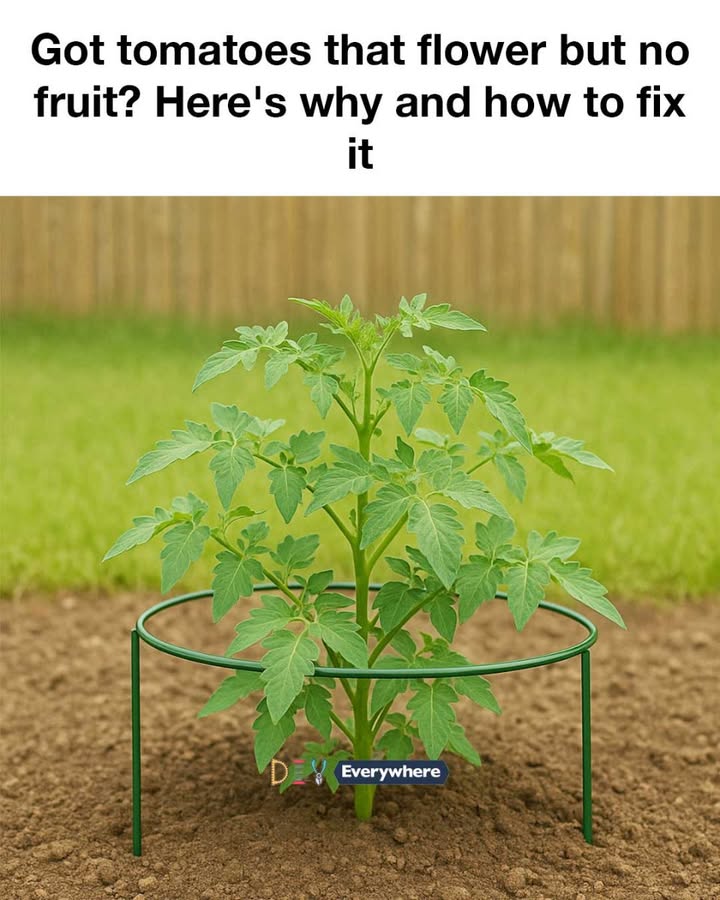Tomatoes are a staple in many gardens, cherished for their versatility and flavor. However, a common frustration among gardeners is when tomato plants flower but fail to produce fruit. This issue can be perplexing and disappointing, especially after investing time and effort into nurturing your plants. Understanding the underlying causes of this problem is crucial for any gardener looking to enjoy a bountiful harvest. In this article, we will explore the reasons behind tomato plants flowering without fruiting and provide practical solutions to help you achieve a successful crop.
Understanding the Tomato Flowering Process
Tomato plants undergo a specific flowering process that is essential for fruit production. The process begins with the development of flower buds, which eventually open to reveal the flowers. These flowers contain both male (stamens) and female (pistil) reproductive organs, making tomatoes self-pollinating. However, external factors such as wind, insects, or manual intervention often aid in the transfer of pollen from the stamens to the pistil. Once pollination occurs, the flower can develop into a fruit. If any step in this process is disrupted, it can result in flowers but no fruit.
Common Reasons for Lack of Fruit Set
Several factors can prevent tomato plants from setting fruit even when they flower. These include inadequate pollination, extreme temperatures, nutrient imbalances, watering issues, pest and disease problems, and genetic factors. Each of these issues can interfere with the plant’s ability to transition from flowering to fruiting, and understanding them is key to finding effective solutions.
1. Inadequate Pollination
Tomatoes are primarily self-pollinating, but they still require some movement to facilitate pollen transfer. Inadequate pollination can occur if there is insufficient wind or insect activity, especially in enclosed environments like greenhouses. Without proper pollination, the flowers will not develop into fruit, leading to a lack of harvest.
2. Extreme Temperatures
Tomato plants are sensitive to temperature extremes. High temperatures above 85°F (29°C) during the day or 70°F (21°C) at night can cause the flowers to drop off before pollination occurs. Similarly, temperatures below 55°F (13°C) can also hinder fruit set. These conditions stress the plant and disrupt the normal flowering and fruiting process.
3. Nutrient Imbalances
Tomatoes require a balanced supply of nutrients to thrive. An excess of nitrogen can lead to lush foliage growth at the expense of flowers and fruit. Conversely, a deficiency in essential nutrients like phosphorus and potassium can impair the plant’s ability to set fruit. Ensuring the right nutrient balance is crucial for healthy flowering and fruiting.
4. Watering Issues
Both overwatering and underwatering can stress tomato plants, affecting their ability to set fruit. Consistent moisture levels are vital; fluctuations can lead to blossom drop or poor fruit development. Tomato plants need regular watering, especially during dry spells, but the soil should not be waterlogged.
5. Pest and Disease Problems
Pests such as aphids, whiteflies, and spider mites can damage flowers and reduce fruit set. Diseases like blossom end rot or fungal infections can also affect the plant’s ability to produce fruit. Monitoring for pests and diseases and taking prompt action is essential to protect your tomato plants.

